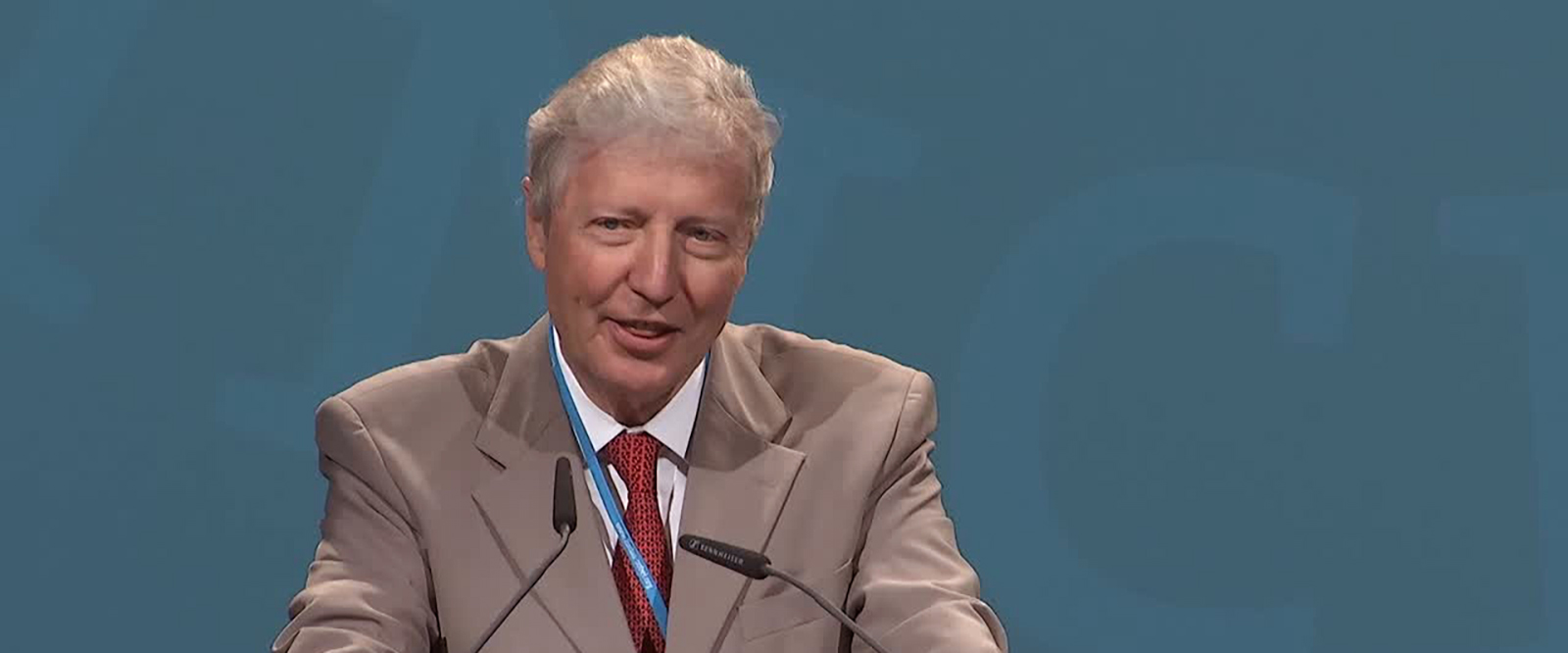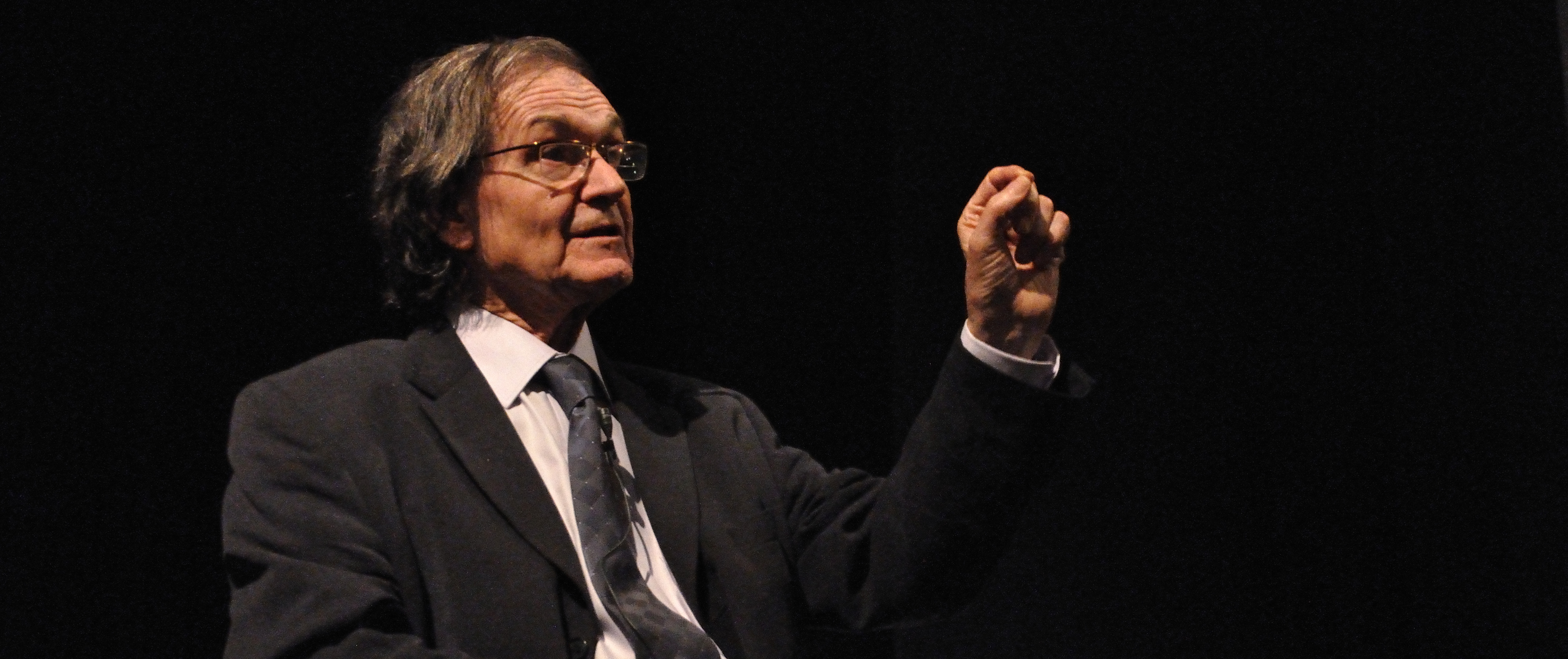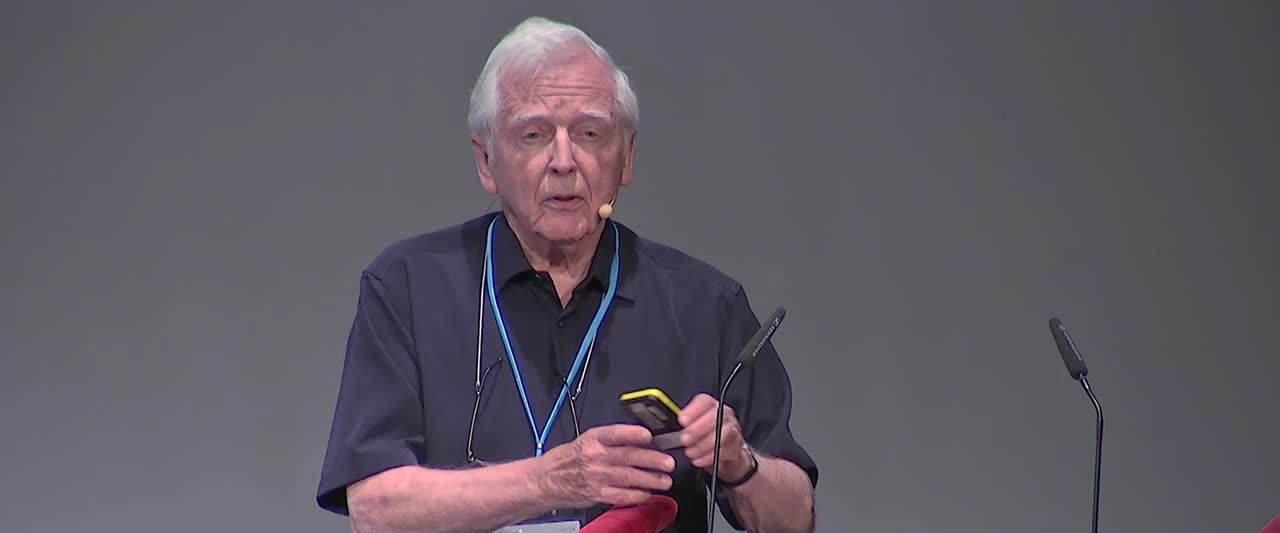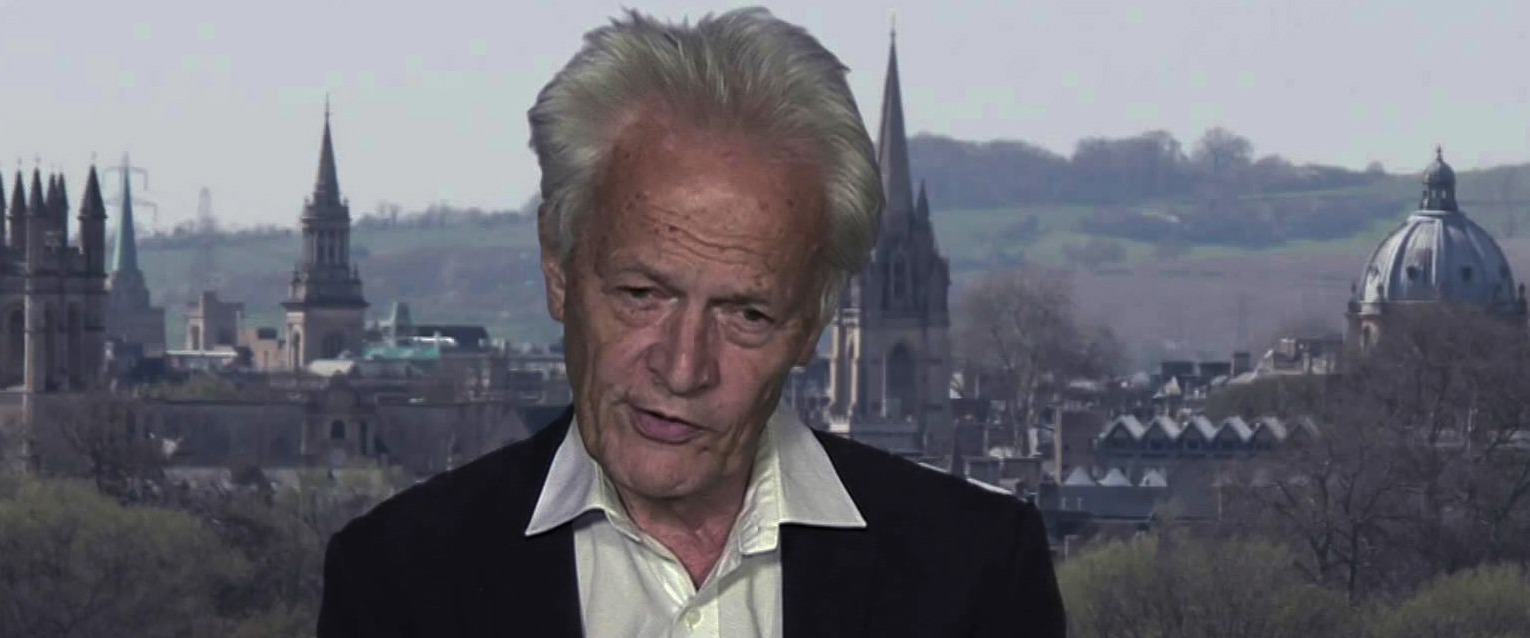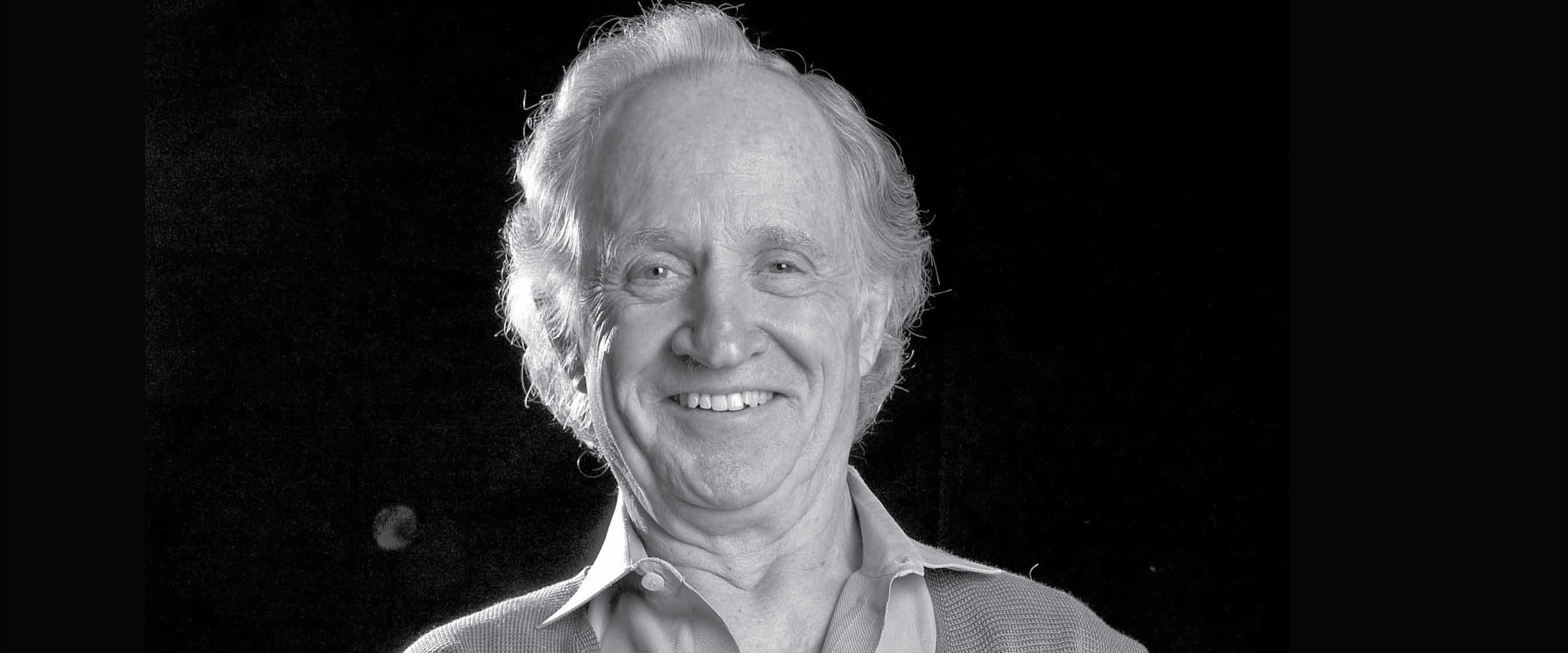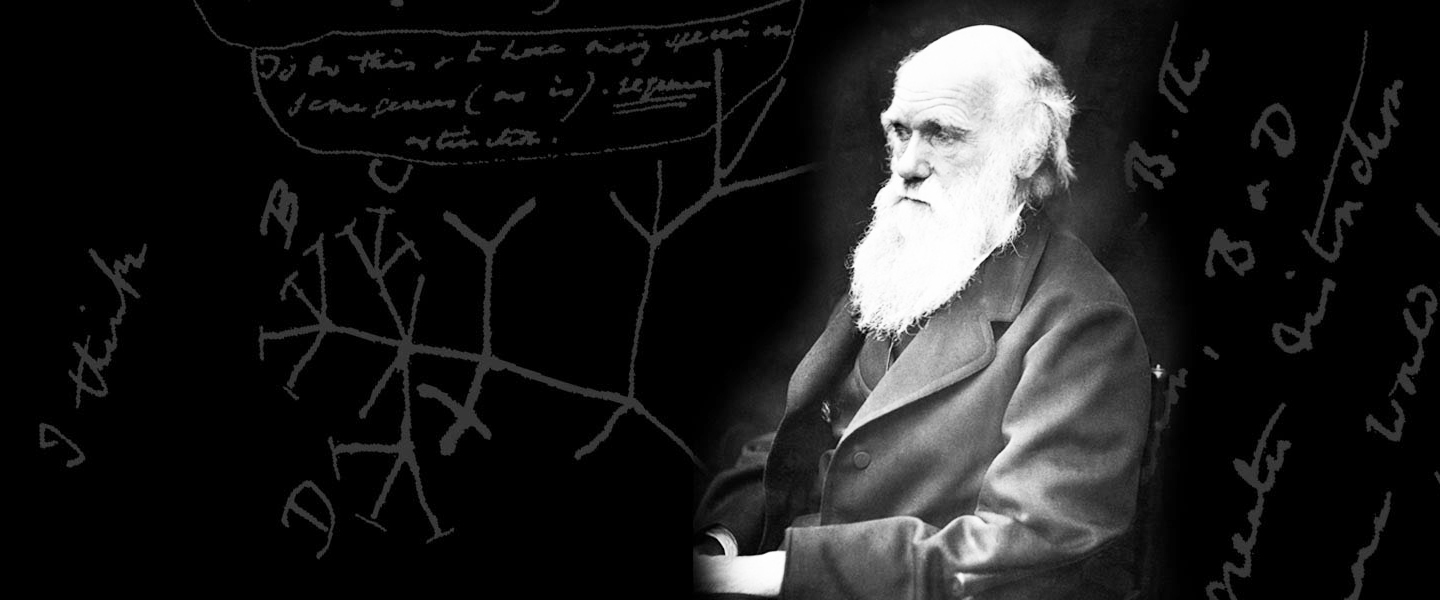24 March 2016.
T Lindahl, F Crick Institute, London.
The sixth Arturo Falaschi lecture will be given by Tomas R Lindahl in the College lecture theatre on the 24th of March at 11.00 am and is entitled: The Intrinsic Fragility of DNA. The lecture is organised on an annual basis by the Institute of Molecular Genetics in Pavia of the Italian National Research Council (CNR) and the sixth one has been co-organised with Collegio A Volta. The poster of the lecture can be downloaded here.
A number of agents in the cell cause continuous damage to DNA: water, reactive oxygen, S-adenosyl- methionine and a number of others. A large genome such the one of our species (3 x 10^9) accumulates each day thousands of DNA base changes due to hydrolysis, oxidation, methylation, etc. A number of DNA repair systems have evolved in Nature that counteract this remarkable chemical fragility of the genetic material. These include processes such as base excision repair that are now understood to operate as well in somatic hypermutation and diversification of antibody gene. Distinct pathways of DNA repair operate on bases that have undergone oxidative damage or methylation and these will also be discussed during the lecture as will the implications of inadequate repair for the development of cancer.
Tomas Robert Lindahl is the sixth Arturo Falaschi lecturer. Born in Sweden on 28 January 1938 T Lindahl studied Medicine at the Karolinska Institute in Stockholm. Shortly after his degree, however, T Lindahl shifted to basic research and specifically to the study of DNA stability and repair. Living cells have DNA molecules that carry an organism's genes. For the organism to live and develop, its DNA must remain stable but is not. From the mid 1970s, through studies of bacteria, Tomas Lindahl showed how certain protein molecules, repair enzymes, remove and replace damaged parts of DNA. These discoveries have increased our understanding of how the living cell works, the causes of cancer and aging processes. In early studies he measured DNA decay, including rates of base loss and cytosine deamination and went on to discover several important DNA repair proteins and determined their mechanisms of action including uracil-DNA glycosylase an enzyme specialised in the repair of specific types of DNA damage and in subsequent studies T Lindahl and his colleagues were able to reconstitute entire DNA repair systems in the test tube. He further led work that resulted in the isolation and characterisation of a number of DNA ligases, including DNA ligases I, III and IV and exonucleases DNase III (TREX1) and IV (FEN1). Finally, he unveiled a special pathway involved in the processing of the mutagenic DNA adduct O6-methylguanine (O6mG) which he showed to be repaired without removal of the guanine from DNA and the unexpected activity of AlkB as an iron-dependent enzyme carrying out oxidative demethylation. T Lindahl was director of the Clare Hall Laboratories of the Imperial Cancer Research Fund (now Cancer Research UK) at South Mimms from 1986 to 2005. He was jointly awarded the Nobel Prize for Chemistry in 2015, the Royal Society's Royal Medal in 2007, the Copley Medal in 2010, and the INSERM Prix Etranger in 2009.
